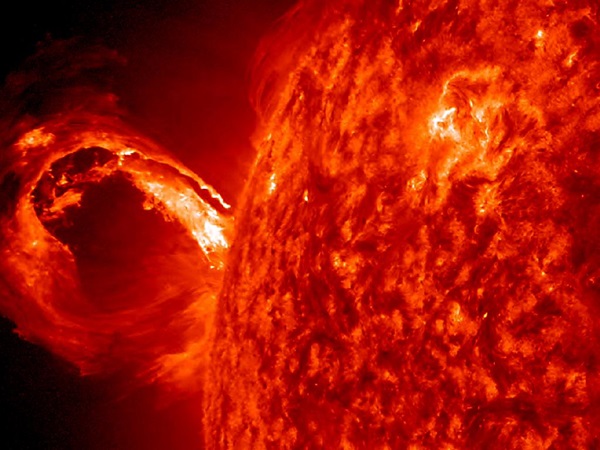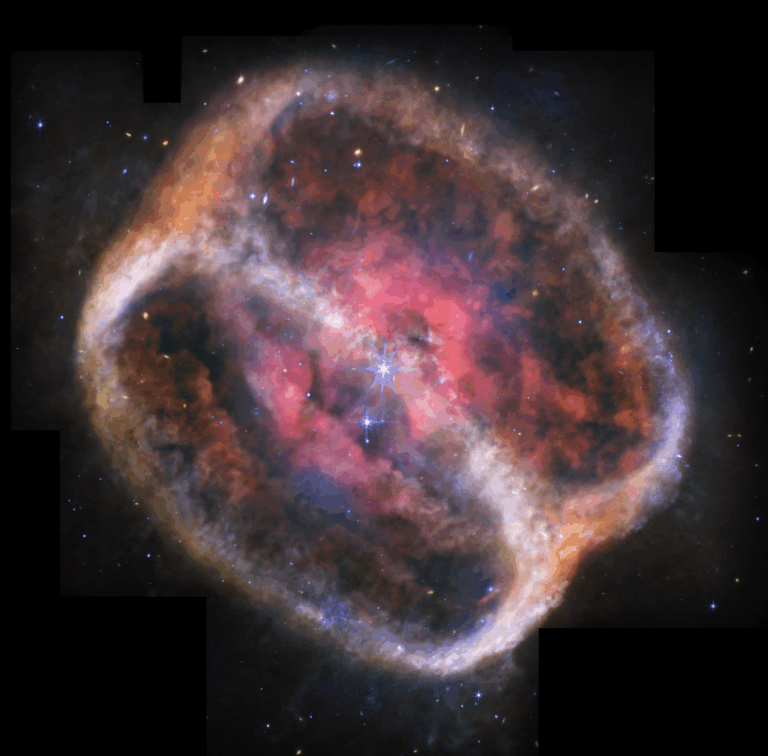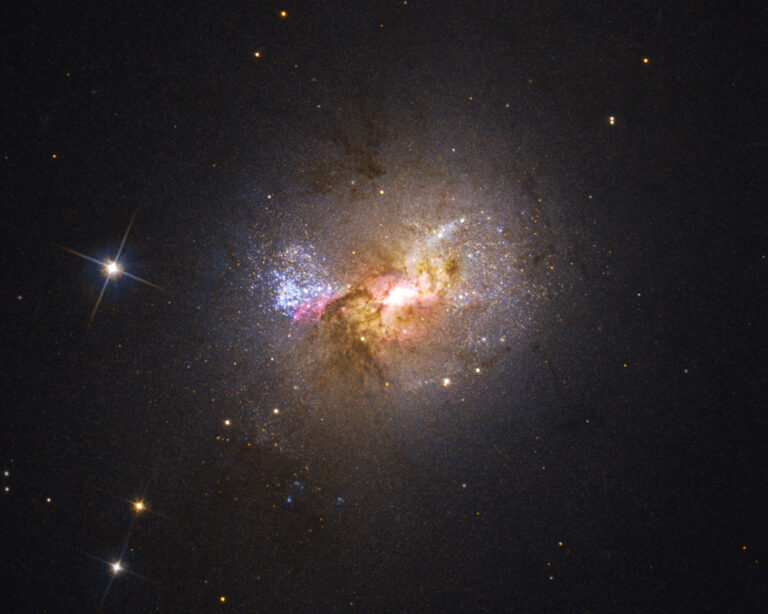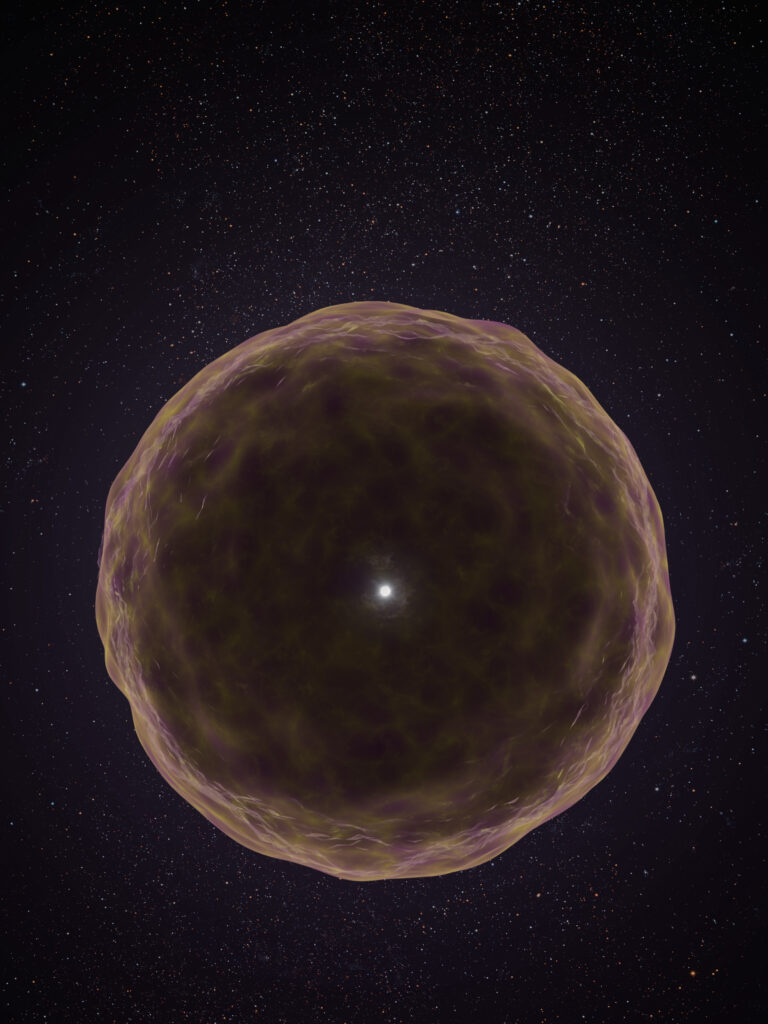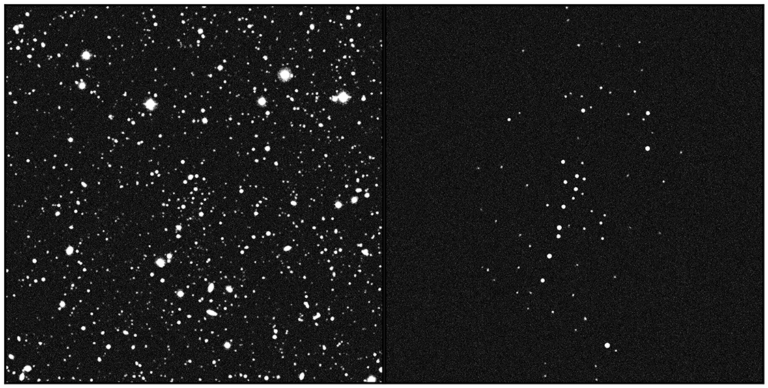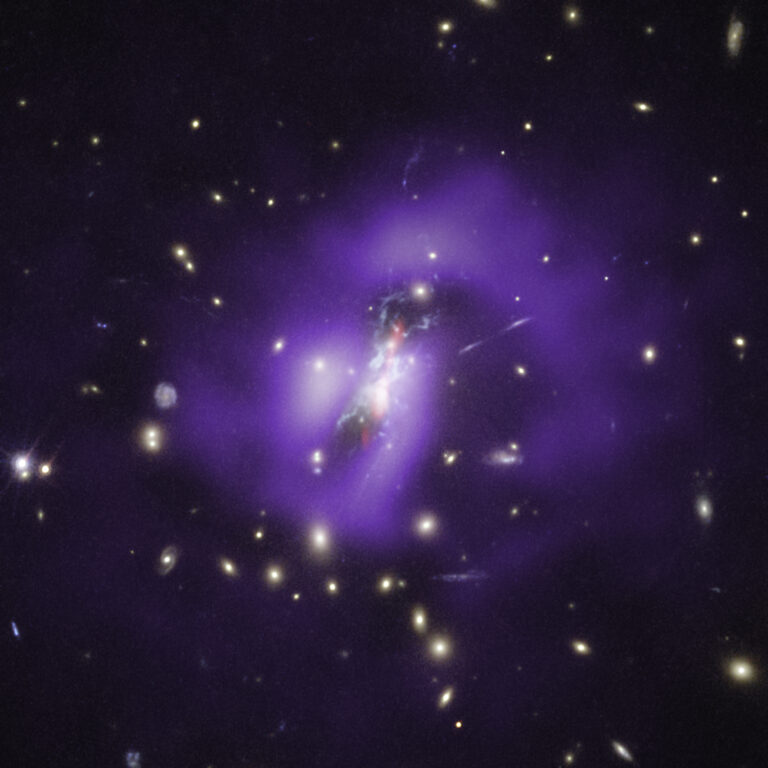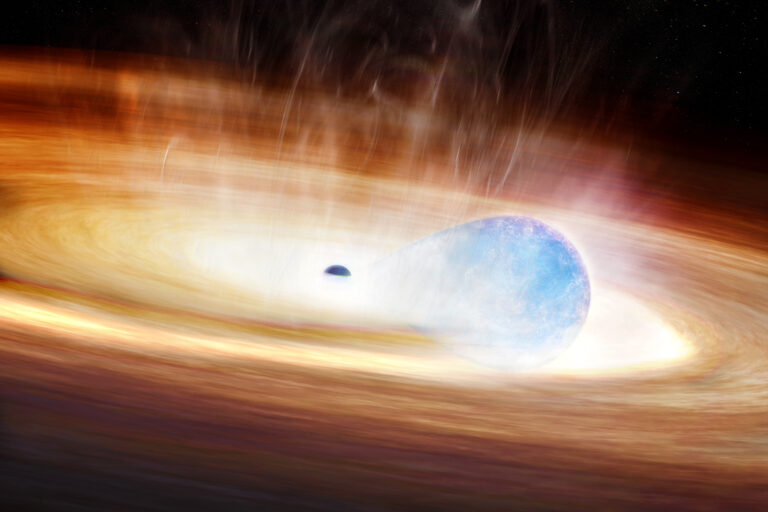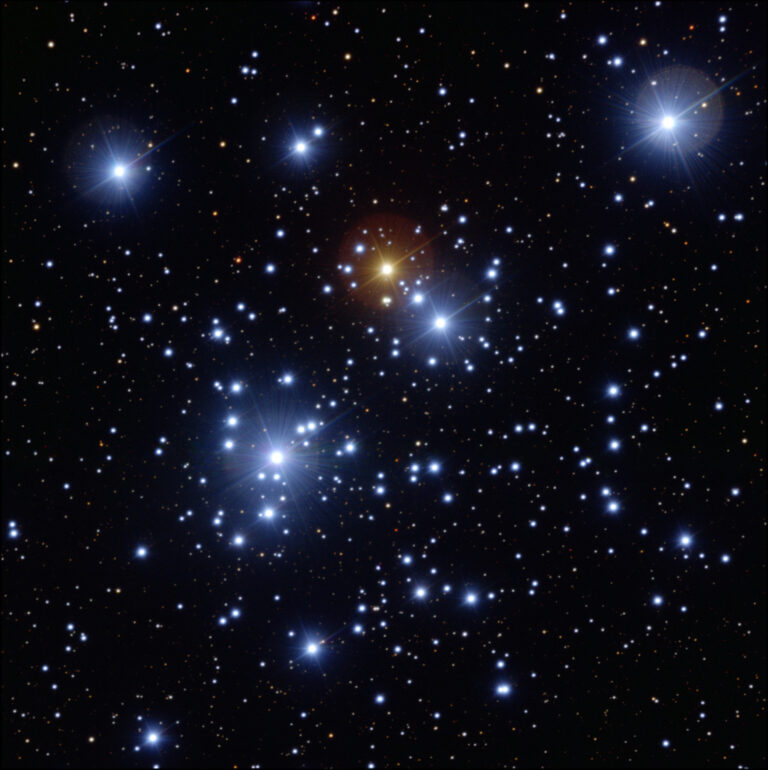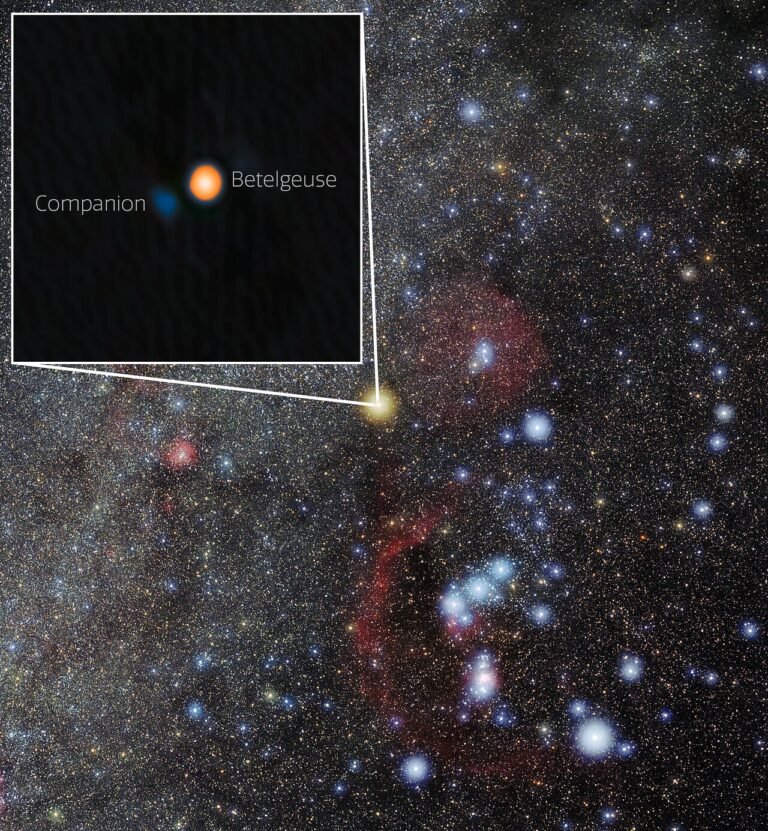Key Takeaways:
No. 41: In 1859 and ’60, scientists got their first hints that the Sun could experience great explosions. In 1859, English astronomer Richard Carrington observed an intense brightening of our star’s surface — the first sighting of a solar flare. A year later, during a total solar eclipse, several people witnessed a huge plume of material erupting from the Sun — the first observed coronal mass ejection.
No. 42: In 1993, American astronomers Eugene and Carolyn Shoemaker and David Levy discovered Comet Shoemaker-Levy 9 (D/1993 F2). The comet never became bright or approached Earth, but it created headlines as the first comet known to smash into a planet. Jupiter’s gravity tore it into a couple dozen pieces during a 1992 close approach, before the observing team found it. It came crashing down in 1994, scarring the giant planet’s atmosphere with dark clouds for several months.
No. 43: Although Galileo Galilei discovered four bright moons orbiting Jupiter in 1610, it took until the twin Voyager spacecraft flew past the giant planet in 1979 before scientists realized that planetary satellites could be dynamic worlds. Most stunning is innermost Io, where massive volcanic eruptions continually resurface the moon. At Europa, Voyager cameras revealed a smooth surface and hardly any impact craters. (Later studies showed that this moon has a vast ocean of liquid water beneath its icy crust.) On the other two Galilean satellites, Voyager found strange grooved terrain on Ganymede and the highest density of craters known on Callisto.
No 44: In 1992, American astronomers David Jewitt and Jane Luu discovered the first known Kuiper Belt object: 1992 QB1. Scientists had long expected they would find a slew of small to midsize objects beyond Neptune. The predictions were right — 1992 QB1 now stands among more than a thousand known. Astronomers have since concluded that Pluto fits the characteristics of a Kuiper Belt object, so they now typically lump it in with the others.
No. 45: In 1725–26, English astronomer James Bradley discovered that the star Gamma (γ) Draconis appeared displaced from where it was supposed to be. Subsequent observations of this and many other stars showed it to be a general effect. A few years later, Bradley hit on the explanation for his observations: The stars remain essentially stationary, but Earth is a moving platform, so viewers must tilt their telescopes slightly to compensate for our planet’s orbital motion. This so-called aberration of light provided the first direct evidence that Copernicus was correct in placing Earth in orbit around the Sun. (Although by Bradley’s time, essentially all astronomers accepted this heliocentric hypothesis.)
No. 47: In 1650, Italian astronomer Giovanni Riccioli discovered that the bright star Mizar, located at the bend in the Big Dipper’s handle, is a binary system. Astronomers now know that more than half the stars belong to binary- or multiple-star systems. Observations of binary systems eventually showed that Isaac Newton’s laws of physics hold throughout the universe.
No. 48: In 1784, English astronomer John Goodricke discovered that the star Delta (δ) Cephei varies in brightness. Although this isn’t the first known variable star (observers had spotted Mira’s variability before the telescope’s invention), Delta Cephei would be the first of many so-called Cepheid variables that astronomers now use routinely to measure distances in our galaxy and beyond.
No. 49: In 1987, scientists at three neutrino telescopes detected about two dozen of the elusive subatomic particles called “neutrinos” released when a star in the Large Magellanic Cloud exploded as Supernova 1987A. The observations proved that some supernovae result when a massive star’s core collapses and that neutrinos carry away 100 times more energy than the light generated by the stellar explosion.
No. 50: In 1974, Russell Hulse and Joseph Taylor discovered a neutron star/pulsar, designated PSR 1913+16, with the Arecibo radio telescope in Puerto Rico. Precise timing of the object’s radio pulses showed that it closely orbits a second compact object — likely another neutron star — and that the two objects are spiraling toward each other. The rate at which they are closing in exactly matches what general relativity predicts if they are losing energy by radiating gravitational waves. The observations provided the first direct evidence that such waves exist.

